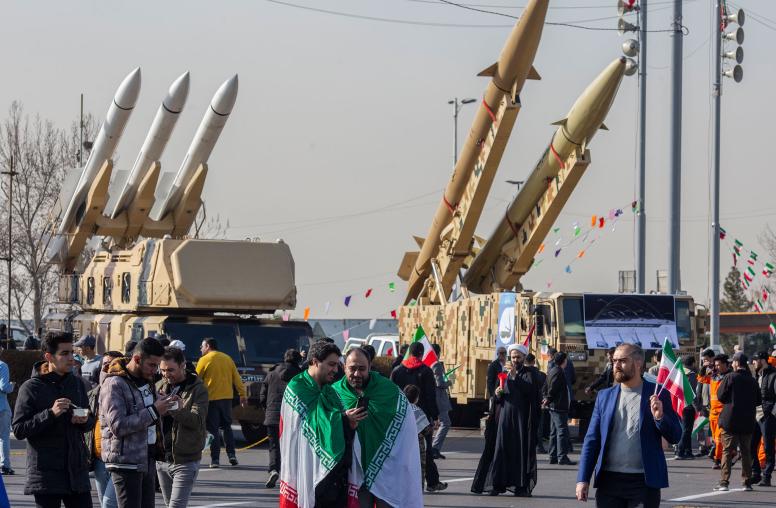Congressional Commission on the Strategic Posture of the United States
The bipartisan commission, facilitated by USIP from 2008-2009, was tasked by Congress to "examine and make recommendations with respect to the long-term strategic posture of the United States." The Commission issued its final report to Congress on May 6, 2009.
Quick Facts About the Commission
- The Commission consisted of twelve members nominated by Congress - 3 Democrats and 3 Republicans were selected by the House Armed Services Committee; 3 Democrats and 3 Republicans were selected by the Senate Armed Services Committee.
- USIP contracted with the Institute for Defense Analyses (IDA), which provided substantive expertise and support for classified discussions and materials.
- Fifty policy experts served in five Expert Working Groups that advised the Commission. Working Groups examined: (1) national security strategy and policies; (2) deterrent force posture; (3) countering proliferation; (4) nuclear infrastructure; and (5) external conditions and threats.
- There were 12 plenary meetings of the Commission from May 2008 to April 2009.
- The Commission met with 75 people in and out of government as it prepared its report, including representatives of foreign governments.
- The Commission and its supporting Expert Working Groups traveled to several key sites of the U.S. nuclear complex, including Lawrence Livermore National Laboratory, Los Alamos National Laboratory, and the Y-12 National Security Complex.



